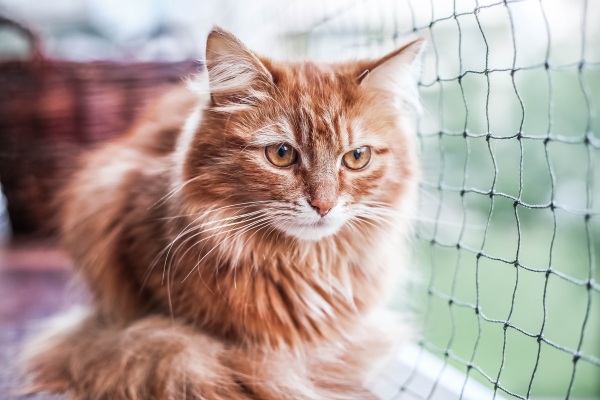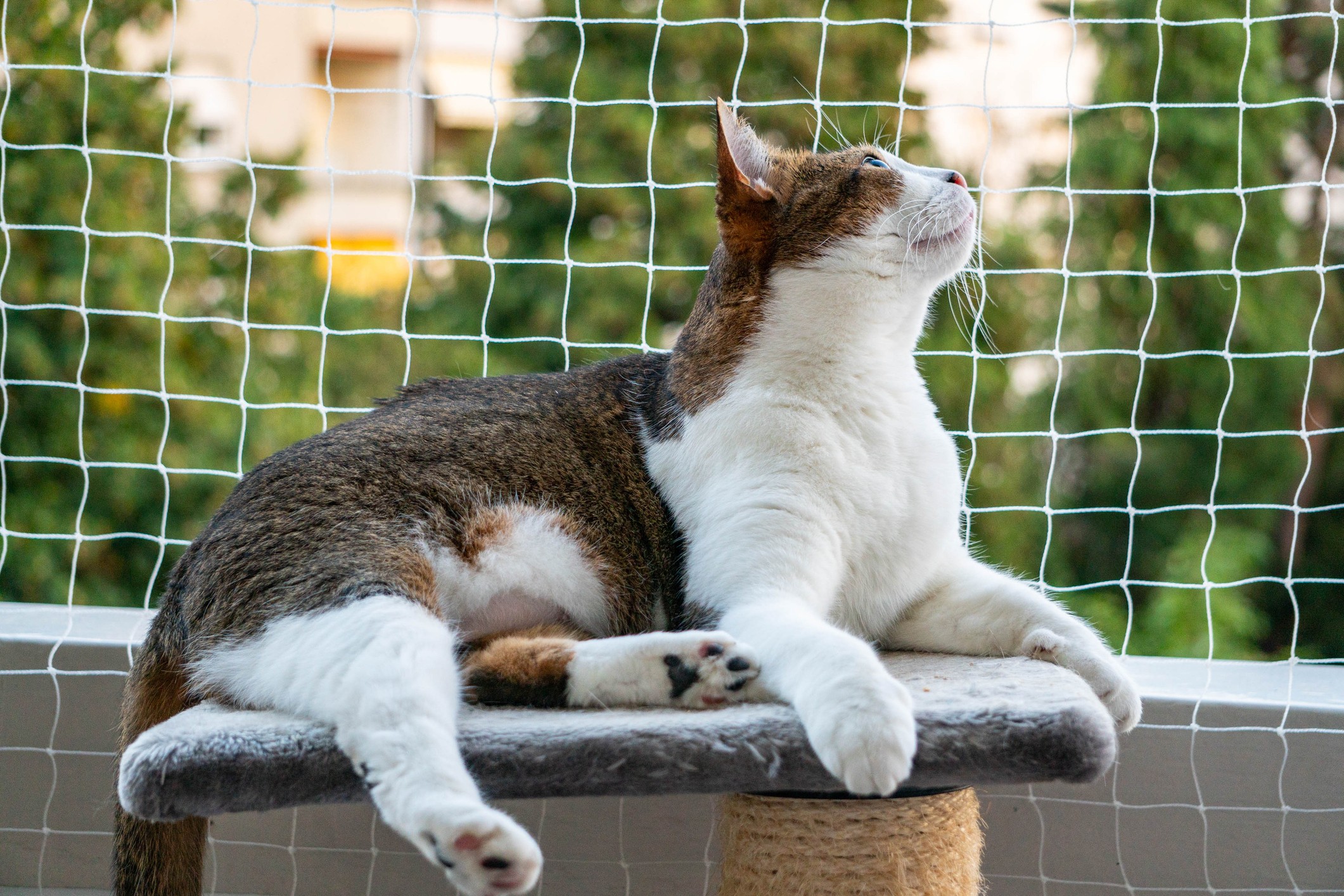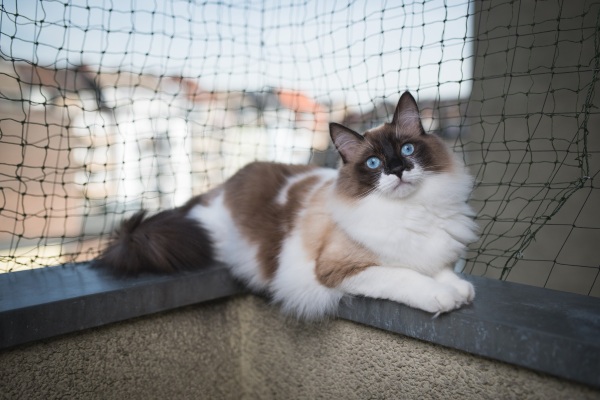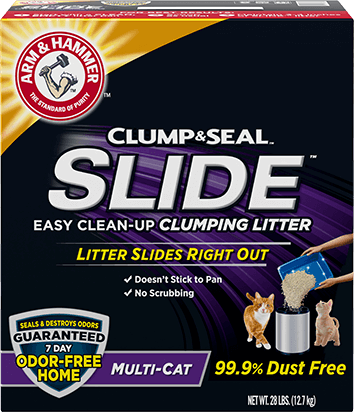
So what is a catio anyway? Simply put, a catio is an enclosed structure that provides a safe confined space for your cat to be outdoors without escaping. They may be built of wood and wire more like a porch or a chicken coop, or of metal panels more like an outdoor cat cage. Catios that attach to your home have a base, three sides and a roof, while freestanding ones have all four sides and are covered. Many catios can be removed and stored during cold winter months and set back up when the weather warms.
Catios are flexible spaces, so no matter whether you’re in an upper floor apartment, a rural home, an attached home or townhouse, condo, or even an RV, there are many types of cat enclosures you can DIY or have built. There are even catio kits of common designs you can use to make building easier.
A catio might be as small as an exterior window box just large enough for a single cat to nap in, or it might be as large as a human-sized screened porch with room for you and your cats to relax outdoors. The size of your catio depends on your available space, configuration, and budget.
What all catio types have in common is a cat door from the interior of your home to the enclosed outdoor space. The cat door can be installed in a window, door or wall to allow kitty to go between the indoors and the catio at will, or allow you to close off the exit when you want to keep your cat indoors.
Convert a Patio into a Catio
The origin of the word catio – creating a patio for your cat – can be seen in this first type of catio, made by enclosing a portion of an existing patio or outdoor space against your home to create a playground and nap spot that’s the cat’s meow. Sometimes resembling a chicken coop, this kind of catio is installed on the ground either attached to your home’s exterior wall or out in the yard connected via an enclosed walkway.
Cat patios are typically made of wood and wire with a roof to protect from sun and moisture, but some higher end ones may also use metal, shingles, siding and other materials to match the look of your home or create a more permanent structure. Catios can be installed over grass (just remember you’ll still have to trim it), an existing concrete or stone patio, or on a deck, or you can build a floor that kitty prefers, such as artificial grass or outdoor carpet.
Turn a Window into an Outdoor Cat Condo or Catio Entrance
If you live in a condo or apartment that doesn’t open to the ground floor, this style of catio is a great option. A window box catio is essentially an outdoor perch mounted on the exterior of a window, giving kitty some fresh air and sunshine as well as a high perch to survey their domain. Your cat jumps up to the window on the inside of your place, then exits through a cat door in the window out to the catio. You can use plexiglass for the roof and base if you want kitty to be able to look up and down, or add a soft cat bed to make a cozy spot.
It’s also possible to install two or more window box catios from different windows on your home and connect them, or to connect a window box catio to a larger outdoor catio structure with a walkway.
Cat Walkways Along Your House or RV for Kitty to Roam
You’ve heard of catwalks in theatre above the stage: narrow walkways for tech crew to install, adjust, and operate lights, speakers, curtains and sets. The same concept applies here with a catio walkway, except it is enclosed on all four sides so kitty can walk along it but not jump out of it. Walkways can go around your home from one window to another, change elevation, or be a closed circuit that returns to a single entrance/exit.
This style of catio is also sometimes called a cat run because the longer length and changes in elevation provide a form of exercise for kitty to explore, jump, walk and run. Some cats even play hide-and-go-seek along a cat walkway, providing mental as well as physical stimulation.
Cat parents who travel with their feline furbaby have installed catio walkways onto their RVs or campers to use when the mobile home is stationary. As you set up your awning and hook up your water and electric, attach the catio or open the interior door to a permanently affixed one. Now when you’re enjoying the stars and fresh air, kitty can, too, without getting lost or being vulnerable to wild animals.




